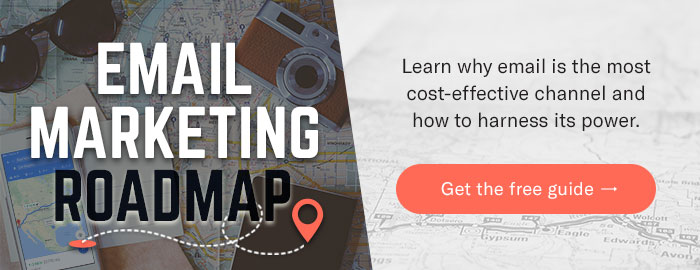The most successful business owners use every resource they have to maintain and grow their book of business. Loyal customers are perhaps your most valuable resource — but only if you can activate them.
What’s the difference between customer retention and customer loyalty?
The difference between customer retention and customer loyalty is more than a difference in vocabulary. While they share some similarities, retention and loyalty cannot be used interchangeably when describing customers.
A retained customer may buy from you again, or they might not. They may go with someone else once the time comes. They are retained simply by the fact that they haven’t shopped anywhere else yet.
A loyal customer will buy from you again and encourage others to do the same. This often results in quality referrals and positive word-of-mouth reviews. Loyalty goes beyond spending money. Loyal customers will vouch for you and serve as advocates for your business.
One study showed extremely happy customers are more than five times as likely to repurchase. In addition to a high return purchase rate, they are also almost seven times as likely to forgive a business for mistakes. Those are pretty incredible stats!
As every small (or medium or big) business owner knows, the backbone of their success is people working hard to make customers happy. A customer that sticks by your business through positive and less-than-positive experiences is a truly loyal customer. The same can be said about customers who recommend you to their friends and send you referrals.
How do you find out if you’ve got a loyal customer on your hands?
One way to find out the difference between customer retention and customer loyalty is to use something all consumers have seen at one point or another. Look familiar?
This survey is an example of the simple but effective Net Promoter Score (NPS). Companies and businesses use the NPS to see how customers perceive their business.
While it may seem like getting a majority of people rating you around 7/8 would be a good thing, those customers are neither unhappy or thrilled. The difference between customer retention and customer loyalty lies right here. The customers ranking your company a 9/10 are the “promoters,” your most loyal customers. Those people will serve as advocates for your business without you asking.
Those that rate you between a 0-6 can provide valuable feedback. For most people, constructive criticism can be difficult to hear, but for a business, this information can make a big difference to your bottom line. What could you have done better to help serve them? That information may not mean these customers will ever go from a 0 to 10, but it could help push a customer who ranks you a 7 or 8 move up into the promoter category.
How do you take a customer and turn them into a loyal customer?
One downside to the simplicity of the NPS survey is that it often doesn’t allow customers to elaborate on why they voted the way they did. Learning the “why” is more important than ever with countless options at the fingertips of every unsatisfied buyer.
The “why” is more difficult to find out, but worth the effort. You may need to do some personal, one-on-one outreach to find out the specifics. For example, your customers may say they wish your marketing emails were more helpful and less about selling, and that is something you can fix. If they thought you called too much or not enough, you can work with that.
With the answers to these questions and other information like whether these clients have provided you testimonials, sent you referrals, and engaged with your marketing communications, you’ll have a list of your loyal customers.
How do I activate my loyal customers to help my referral business?
This final question may be the most relevant to business owners. If a loyal customer shouts your business from the rooftops, there isn’t much for you to do but thank them.
But that often doesn’t happen without a little prompting. Keep in mind that even loyal customers do not always realize the impact that referrals have on your business. In most cases, the best way to get help with your referral business is to ask. Yes, it sounds simple, but it does take a little effort on your part, and it’s worth it to your business.
Check out the posts found here and here for more detail and ideas for activating those loyal customers and getting referrals from them the right way.
Bottom line: be sure you are tapping into your network of happy customers for referrals.
Use the power of your network.
Knowing the difference between customer retention and customer loyalty means you won’t miss opportunities within your existing network. Customers that already know your value and can give a personal account of how great you are to work with allows you to instantly stand out from the crowd.
For many businesses or marketers, this all is easier said than done. If you need help with your marketing automation or want to learn more about how it keeps you top of mind with your network, we’re here to help.





![Better Email Etiquette Equals Better Marketing Results [16 Rules]](https://www.outboundengine.com/wp-content/uploads/shutterstock_411184843-1-400x250.jpg)

